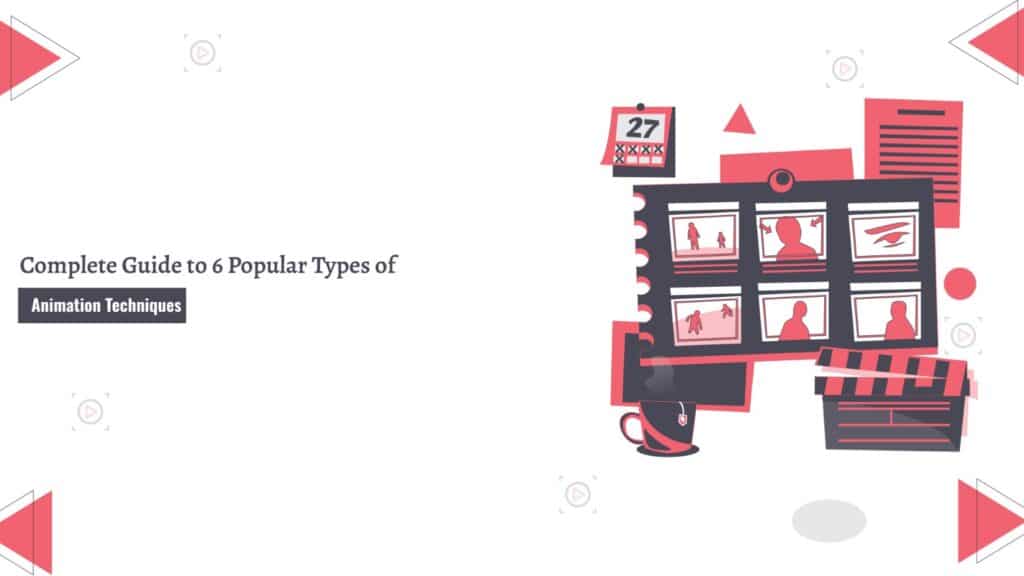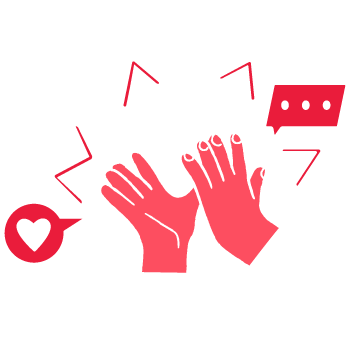
Animation is more than just drawing characters in motion; it’s a powerful tool for storytelling, education, marketing, entertainment, and beyond. In 2025, the world of animation has evolved with both traditional roots and futuristic digital possibilities. Whether you’re an aspiring animator, a curious creative, or a marketer seeking visual flair, understanding the different types of animation styles explained here will guide your creative journey.
In this comprehensive guide, we’ll walk through six of the most popular animation techniques, breaking down their history, process, tools, use cases, and the unique value they bring. We’ll also compare 2D vs 3D animation: key differences, explore the stop motion and motion graphics animation guide, and help you learn how to choose the right animation style for your project.
Why Understanding Animation Techniques Matters in 2025
Animation is not a one-size-fits-all solution. Each technique offers different aesthetics, workflows, costs, and software requirements. Some are suited for commercial explainer videos, others for cinematic storytelling or educational content. With the proliferation of AI tools and hybrid creative workflows, choosing the right technique has never been more crucial.
Let’s dive into the best animation techniques for beginners and professionals alike, each explained with step-by-step overviews.
1. 2D Animation
Overview
2D animation is one of the oldest and most recognized forms of animation. It involves creating characters and scenes in a two-dimensional space.
Process
- Concept and Storyboarding
- Character Design and Backgrounds
- Frame-by-Frame Drawing or Rigging
- Inking and Coloring
- Compositing and Final Edits
Tools Used
- Adobe Animate
- Toon Boom Harmony
- Krita
Best For:
- TV shows and web series
- Explainer videos
- Children’s content
Pros:
- Cost-effective
- Great for stylized art
- Wide creative flexibility
Cons:
- Time-consuming if frame-by-frame
- Limited visual depth compared to 3D
2D is ideal for those starting out and looking for best animation techniques for beginners.
2. 3D Animation
Overview
3D animation creates objects that move in a three-dimensional space. It is used in everything from Pixar films to architectural walkthroughs.
Process
- Modeling
- Texturing and Shading
- Rigging
- Animation
- Lighting and Rendering
Tools Used
- Blender
- Autodesk Maya
- Cinema 4D
Best For:
- Films and video games
- Medical and technical visualization
- Product demos
Pros:
- Realistic rendering
- Reusable assets
- Scalability
Cons:
- Steep learning curve
- Requires strong hardware
When comparing 2D vs 3D animation: key differences, 3D offers realism and reusability while 2D excels in artistic flexibility.
3. Traditional Animation (Hand-Drawn)
Overview
Also called cel animation, traditional animation involves drawing each frame by hand. Think early Disney classics like Snow White or The Lion King.
Process
- Hand-drawn sketches on paper or digital tablet
- Inking and scanning (if analog)
- Coloring and layering
- Compositing and editing
Tools Used
- Paper, lightbox, and scanners (analog)
- TVPaint, Adobe Photoshop (digital)
Best For:
- Short films
- Indie projects
- Artistic showcases
Pros:
- High artistic control
- Authentic aesthetic
Cons:
- Labor-intensive
- Difficult to revise once complete
Traditional animation stands apart in the traditional vs digital animation techniques debate with its timeless charm.
4. Stop Motion Animation
Overview
Stop motion involves photographing physical objects frame by frame to create movement. This tactile style is charming and offers a handmade feel.
Process
- Build characters and sets using clay, paper, or puppets
- Plan scenes and lighting
- Capture one frame per movement
- Sequence frames and add audio
Tools Used
- Dragonframe
- DSLR camera
- Lighting gear
Best For:
- Short films
- Ads and creative content
- Children’s programming
Pros:
- Unique handmade aesthetic
- No need for complex software
Cons:
- Time-consuming
- Requires precision and patience
In the stop motion and motion graphics animation guide, stop motion is more physical, while motion graphics lean digital.
5. Motion Graphics Animation
Overview
Motion graphics use text, shapes, and abstract elements rather than characters to convey ideas. Common in marketing and UI/UX design.
Process
- Storyboard abstract visual ideas
- Design assets (text, icons, data)
- Animate using keyframes and expressions
- Sync with voiceovers or music
Tools Used
- Adobe After Effects
- Apple Motion
- Canva (for lightweight needs)
Best For:
- Explainer videos
- Brand intros
- Infographics
Pros:
- Fast production
- Data-driven visual storytelling
Cons:
- Limited narrative depth
- May not work well for character-driven content
Part of the stop motion and motion graphics animation guide, motion graphics shine in clarity and corporate communication.
6. Cut-Out Animation
Overview
Cut-out animation uses static pieces, like paper dolls or digital sprites, moved frame-by-frame to simulate motion.
Process
- Design character parts and assets
- Import to animation software
- Move parts using a timeline
- Add voice and music
Tools Used
- Adobe Character Animator
- Moho
- OpenToonz
Best For:
- Educational videos
- Budget animations
- Satirical content
Pros:
- Simple to animate
- Fast production
Cons:
- Limited flexibility
- Less dynamic movement
Great for simple narratives or stylized educational content.
Traditional vs Digital Animation Techniques
Let’s summarize the differences:
| Feature | Traditional | Digital |
|---|---|---|
| Tools | Hand-drawn, paper | Tablets, software |
| Editing | Hard to revise | Easy to adjust |
| Cost | Time and labor heavy | Hardware/software costs |
| Flexibility | High artistry | High efficiency |
Understanding traditional vs digital animation techniques helps you pick the right workflow for your vision and skill level.
How to Choose the Right Animation Style for Your Project
Here’s a breakdown to help you decide:
| Goal | Ideal Style |
| Product Demos | 3D or Motion Graphics |
| Explainer Videos | 2D, Cut-Out, or Motion Graphics |
| Artistic Film | Traditional or Stop Motion |
| Mobile Game | 2D or Cut-Out |
| Cinematic Visuals | 3D Animation |
When deciding how to choose the right animation style for your project, consider your budget, timeline, message, and audience preferences.
Final Thoughts
The animation world is vast and exciting, with each technique offering unique creative possibilities. Whether you’re drawn to the precision of 3D, the charm of hand-drawn frames, or the sleek flow of motion graphics, the right style can bring your ideas to life.
By understanding these different types of animation styles explained, beginners and professionals alike can elevate their creative projects and communicate more effectively. From the best animation techniques for beginners to advanced workflows, this guide offers a solid foundation.
Animation in 2025 is more accessible, diverse, and powerful than ever. Explore, experiment, and animate your vision into reality!
Frequently Asked Questions (FAQ’s)
What is animation?
Animation is a technique used to create the illusion of movement by displaying a series of individual images or frames in rapid succession. These images can be drawings, digital designs, or physical objects, which, when viewed quickly one after the other, create the perception of continuous motion. This process is fundamental to many forms of visual media and storytelling.
What are the different types of animation?
The main types of animation are:
- 3D Animation: Uses digital models and software to create lifelike scenes and characters.
- 2D Animation: Involves creating images in two dimensions, often through hand drawing or digital tools.
- Stop Motion Animation: Involves photographing physical objects frame by frame to create the illusion of movement.
- Traditional Animation: Also known as cel animation, this method uses hand-drawn images on transparent sheets called cels.
- Motion Graphics: Combines graphic design elements with animation to create dynamic visuals for various media.
- Motion Capture: Records real-life movements and applies them to digital models for realistic animations.
Each type of animation offers unique opportunities for artistic expression and application.
What is the easiest type of animation for beginners?
Stop-motion animation is often considered the easiest for beginners due to its simplicity in equipment and technique. It allows for creative expression and experimentation without requiring advanced software or technical skills. This approach provides a hands-on way to learn the fundamentals of animation.
What is the hardest type of animation?
3D Animation is generally considered the most complex due to its steep learning curve and the need for advanced software tools and technical knowledge. It involves modeling, rigging, animating, and rendering, which require a deep understanding of 3D space and digital techniques. Mastering this type often involves years of practice and study.
What software is used for 3D animation?
Popular software for 3D Animation includes:
- Maya
- Blender
- 3DS Max These tools allow animators to create detailed 3D models, control animations, and render high-quality visual effects. Advanced features in these programs enable complex scenes and lifelike character animations.





